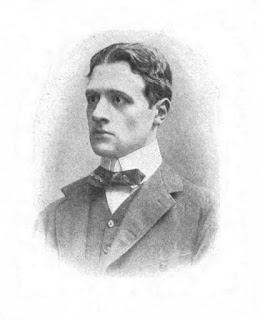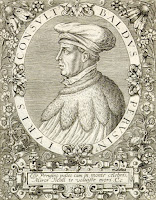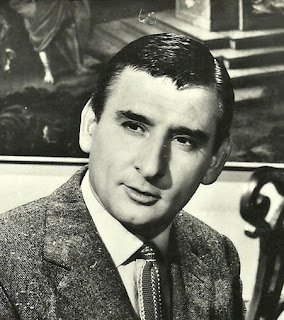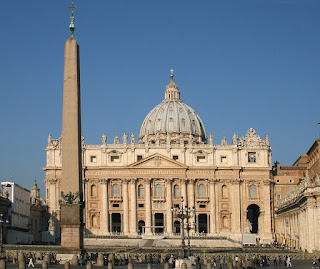Luigi Russolo – painter and composer
Futurist artist who invented 'noise music'
Luigi Russolo, who is regarded as the first ‘noise music’ composer, was born on this day in 1885 in Portogruaro in the Veneto. Russolo originally chose to become a painter and went to live in Milan where he met and was influenced by other artists in the Futurist movement. Along with other leading figures in the movement, such as Carlo Carrà, he signed both the Manifesto of Futurist Painters and the Technical Manifesto of Futurist Painting as the artists set out how they saw Futurism being represented on canvas, and afterwards participated in Futurist art exhibitions. Russolo issued his own manifesto, L’arte dei rumori, - The Art of Noises - in 1913, which he expanded into book form in 1916. He stated that the industrial revolution had given modern man a greater capacity to appreciate more complex sounds. He found traditional, melodic music confining and envisioned noise music replacing it in the future. Read more…
__________________________________________________________________
Andrea Dandolo - Doge of Venice
Reign tested by earthquake, plague and war
Andrea Dandolo, the fourth member of a patrician Venetian family to serve as Doge of the historic Republic, was born on this day in 1306. A notably erudite scholar, Dandolo wrote two chronicles of the history of Venice in Latin and reformed the Venetian legal code by bringing together all of the diverse laws applicable to the Venetian Republic within one legal framework. He achieved these things despite his reign being marked by a devastating earthquake, a catastrophic outbreak of the Black Death plague and two expensive wars, against Hungary and then Genoa. Dandolo was appointed Procurator of St Mark’s Basilica, the second most prestigious position in the Venetian hierarchy after the Doge, at the age of just 25. He was elected Doge in 1343, aged 37. It was a particularly young age at which to be given the leadership of the Republic, but his family history and the manner in which had conducted himself as Procurator gained the respect of the republic’s aristocratic elders. Read more…
___________________________________________________________________
Pope Pius V - Saint
Pontiff dismissed jester and clamped down on heretics
The feast day of Saint Pius V is celebrated every year on this day, the day before the anniversary of his death in 1572 in Rome. Saint Pius V, who became Pope in 1566, is remembered chiefly for his role in the Counter Reformation, the period of Catholic resurgence following the Protestant Reformation. He excommunicated Queen Elizabeth I of England for heresy and for persecuting English Catholics and he formed the Holy League, an alliance of Catholic states against the Turks. Saint Pius V was born Antonio Ghislieri in Bosco, now Bosco Marengo, in Piedmont. He became a bishop under Pope Pius IV but after opposing the pontiff was dismissed. After the death of Pius IV, Ghislieri was elected Pope Pius V in 1566. His first act on becoming Pope was to dismiss the court jester and no Pope has had one since. Read more…
Home
























